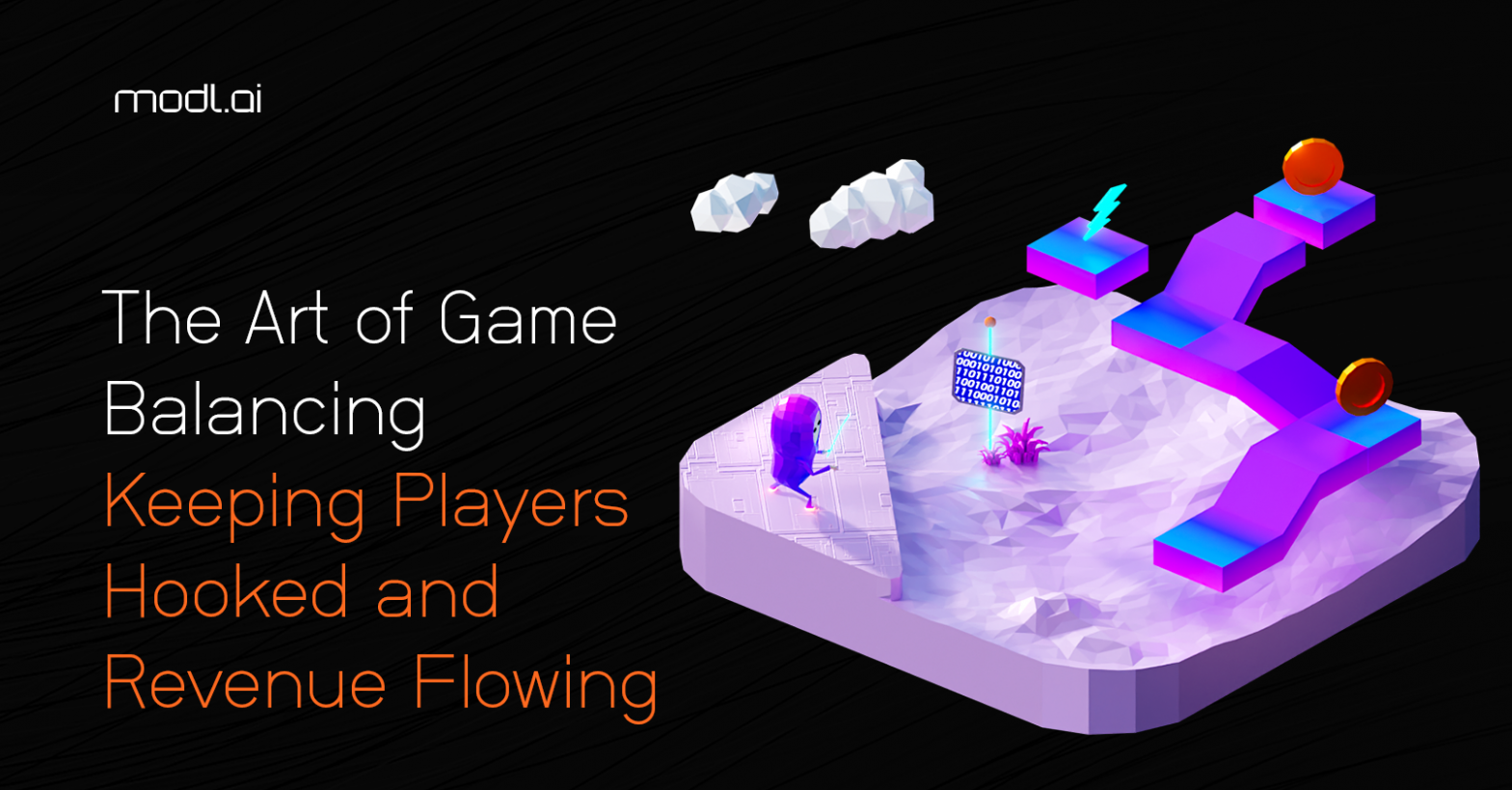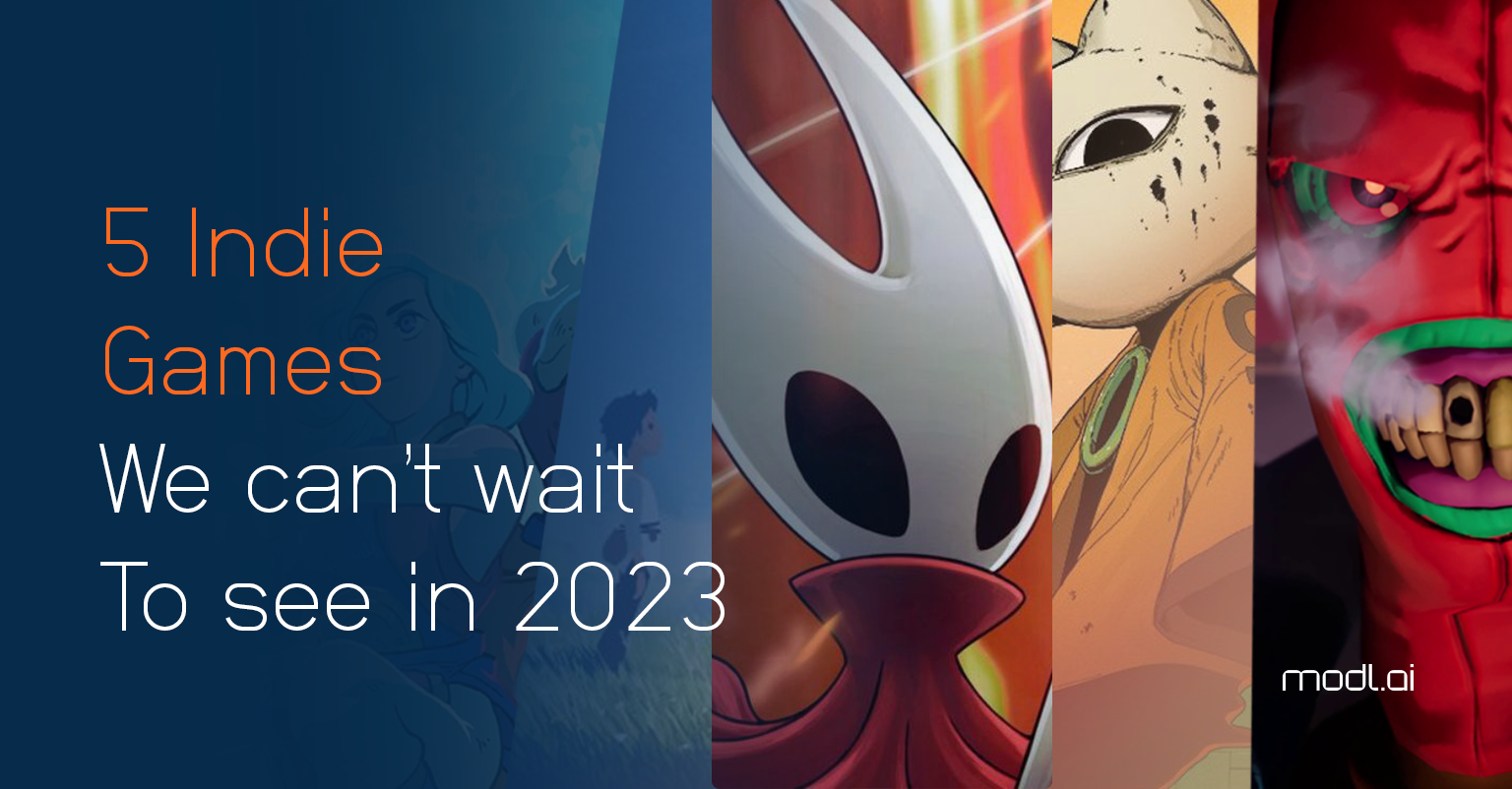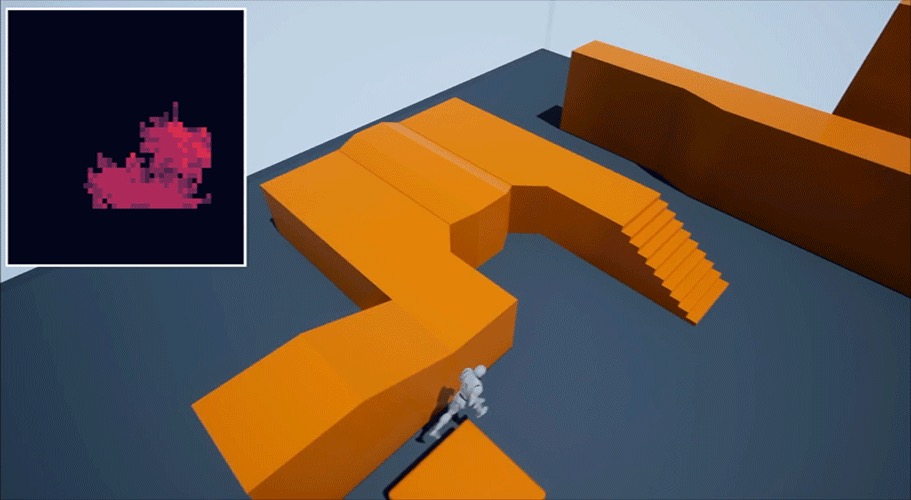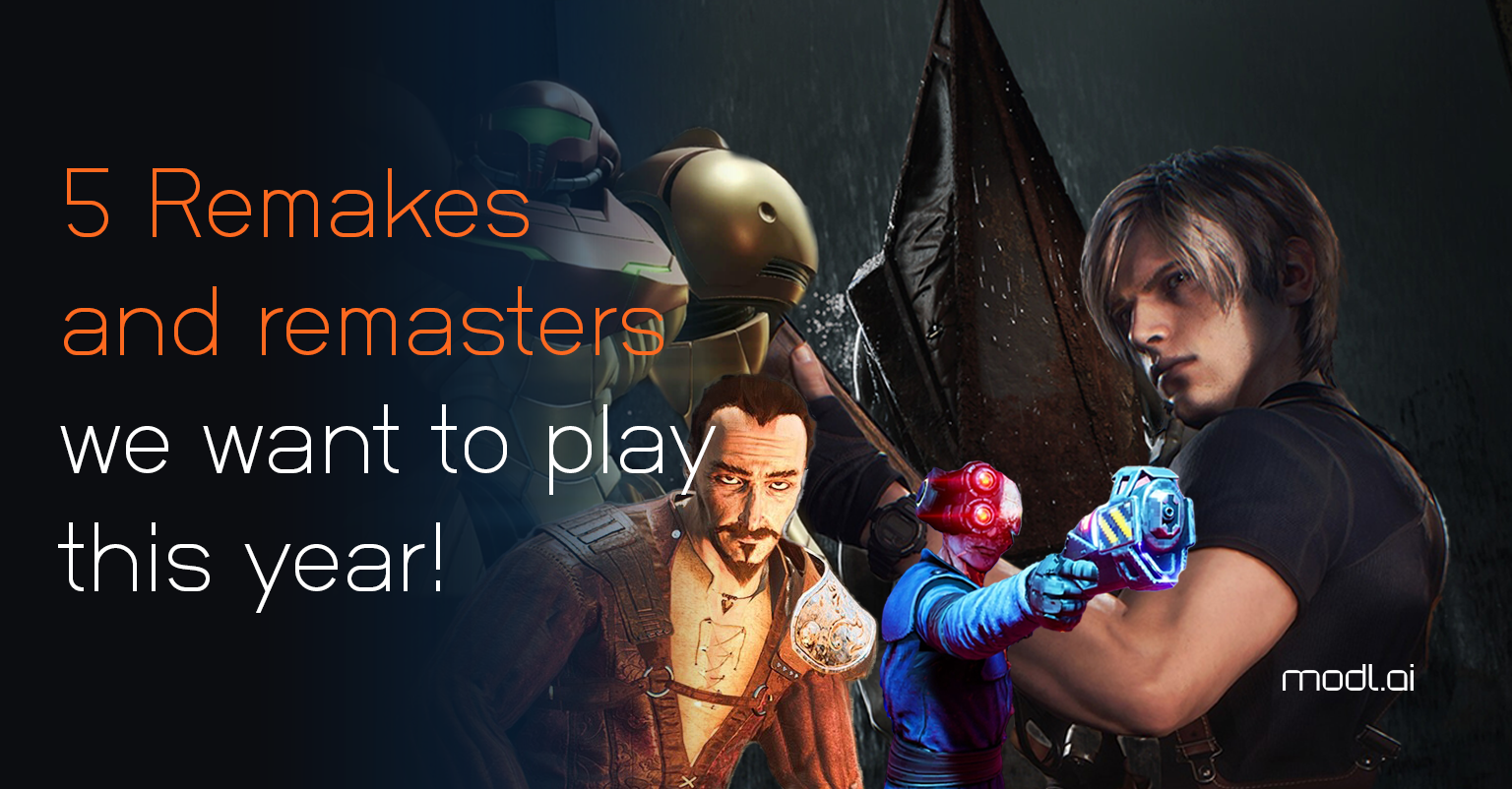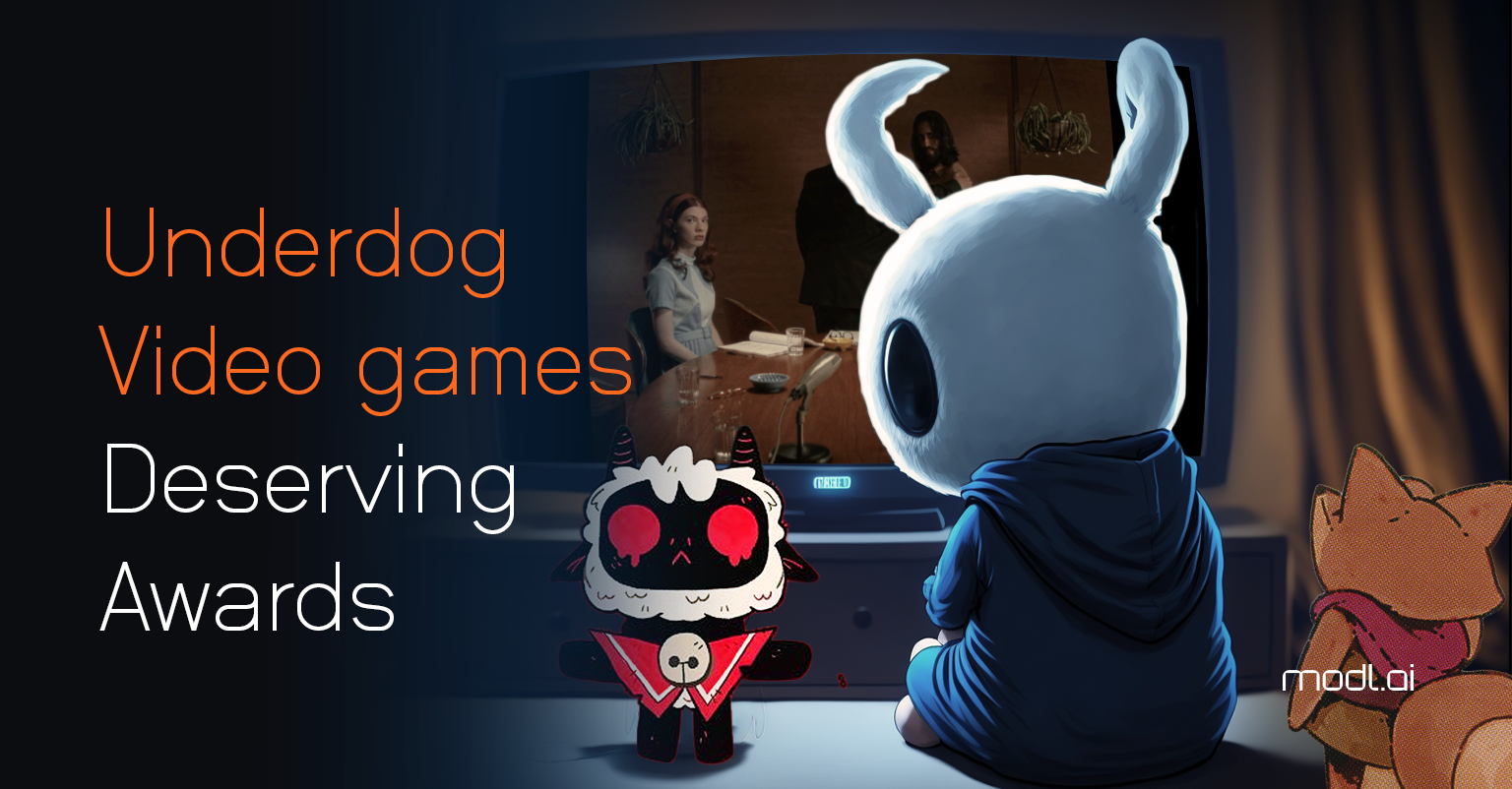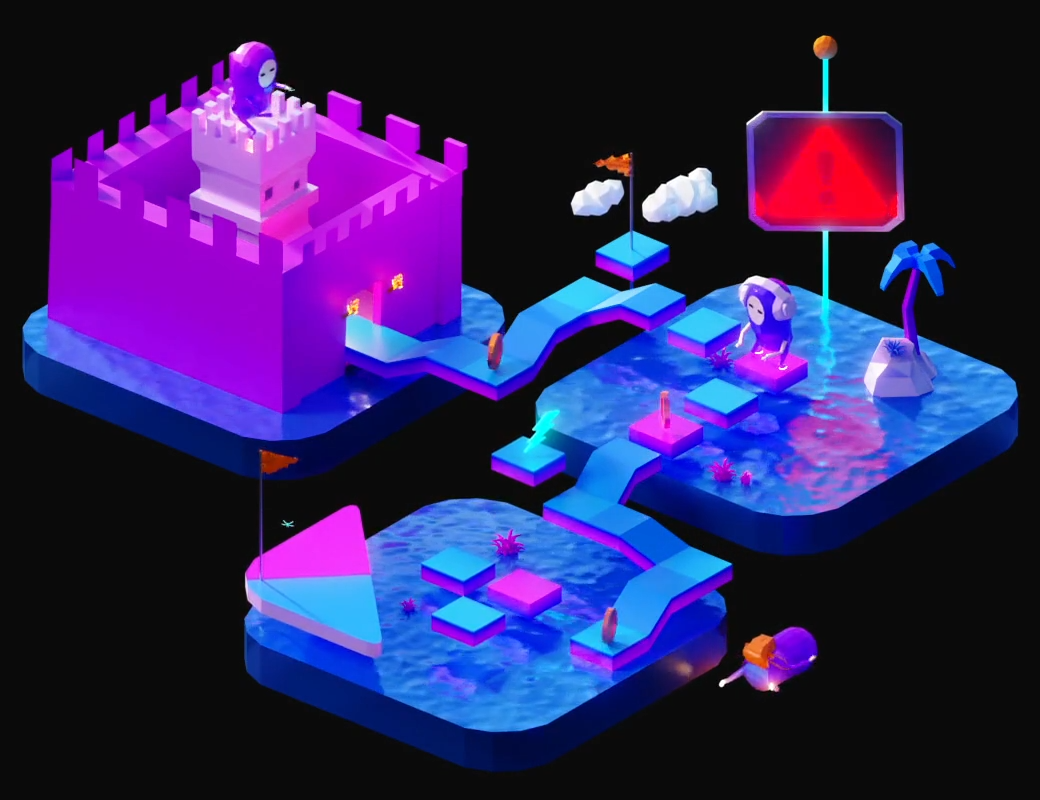No game player wants to defeat an endless wave of enemies only to find they never stood a chance against an overpowered final boss. Similarly, no player wants to effortlessly cruise through every level in a puzzle game in the first attempt, abandoning the thrill of challenge and realizing their choices don’t amount to much. Scenarios like this represent the downfalls of poor game balance, which can ultimately lead to frustration or boredom.
That’s why game balancing is a cornerstone of success in the world of game development. Mastering it is crucial as balance impacts not only player engagement but also the bottom line.
The intricate relationship between game balancing and monetization is achieved by creating memorable gaming experiences that captivate players while sustaining a reasonable business model for developers. Let’s dive into the structured form of game balancing and how this art is a steady and intricate return on investment.
The Challenges of Game Balancing
Game balancing creates a positive player experience, where there is a rewarding loop of challenges, accomplishments, and overall engagement. An experience with successful game balance makes players feel tested, while also feeling motivated to continue and improve, and eager to spend time—and potentially, money—within the game world.
While attack power and health points are important for any character within a game, game balancing extends far beyond individual stat adjustments. For instance, considering factors like ability synergy, resource management, and map design can have a significant impact on a character’s overall effectiveness.
Economic balance ensures that in-game resources are accessible and distributed, rather than relying too heavily on “pay-to-win” tactics that can pull a gamer outside of the immersive experience. Balancing the narrative depends on ensuring the elements through the story progression form a cohesive vision, like creating a level playing field for multiplayer so that individual skills can shine through.
One of the biggest challenges in game balancing is crafting difficult obstacles that resonate with everyone. First-time players need a welcome curve, while experienced gamers search for strategic depth.
Striking an effective balance requires additional game development and resources to create dynamic difficulty adjustments. Developers can accomplish this by utilizing artificial intelligence (AI) to tailor challenges based on player performances or offering multiple difficulty levels for players.
After all, game balancing is never a one-time feat. It’s an ongoing process that requires constant monitoring, player feedback analysis, and data-driven adjustments. With the emergence of AI and machine learning, there is immense potential for personalized gameplay experiences.
The Psychology Behind Engagement
Of course, balancing isn’t only about the mechanics—it’s also about understanding player psychology. Proper game balancing creates the perfect challenge for gamers, scenarios where players push their limits without tipping into frustration.
Under-challenging games can easily become boring while over-challenging ones can lead to players quitting. Finding the right balance creates a seamless flow, enabling players to fully immerse themselves and inspiring them to continue playing. Optimally, failing a task or a level should feel like a near-win, and winning should feel like a near-loss where growth and improvement inspire the player to continue.
Monetization and Game Balancing
Game balancing can contribute to the overall bottom line, but it’s crucial for developers to ethically monetize within a game to avoid frustrating its players. After all, gamers want fair play and do not feel as though they must spend money to progress.
The goal of effective balancing is to foster long-term player engagement, which leads to sustained revenue streams and the opportunity to invest in quality content updates. Examples are games that focus on meaningful content and offer expansions and convenience features that can enhance the experience without affecting core gameplay.
Additionally, developers must balance transparency and communication about monetization elements in the game and actively listen to player feedback about those practices. This cycle of testing and learning ensures balance and allows developers to build long-lasting communities around their creations.
A Continuous Journey
By prioritizing thoughtful game balancing, developers can craft captivating experiences that not only hook players but also create sustainable business models. While monetization considerations are an undeniable reality, prioritizing fair and engaging gameplay fosters not only happier players but also a more resilient business model.
Ultimately, understanding the intricate interplay between game mechanics, player behavior, and monetization methods can help developers work towards balanced gaming solutions that benefit everyone.


